Intro
The Javakhuri Harness Horse is a versatile trotter that is extremely resilient and well adapted to the long Georgian winters. These animals are also good riding horse, pack animals and produce solid mules.
Read more
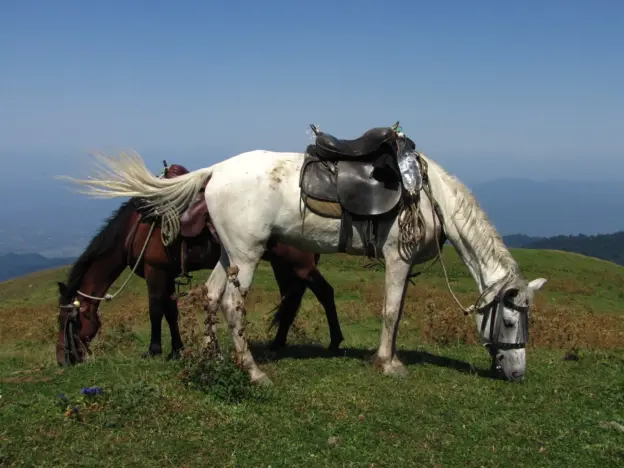
The Javakhuri Harness Horse is a versatile trotter that is extremely resilient and well adapted to the long Georgian winters. These animals are also good riding horse, pack animals and produce solid mules.
Read more
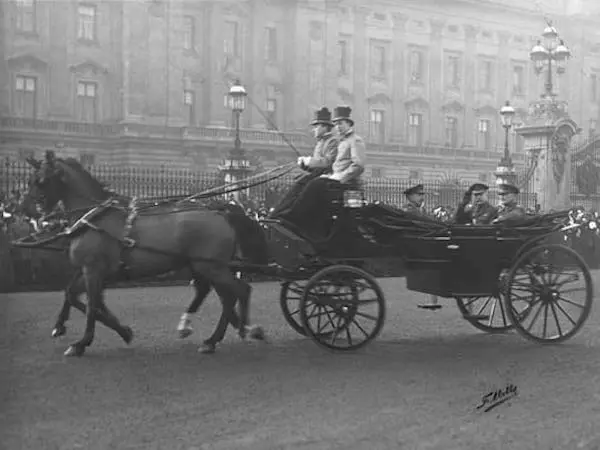
Also called New Cleveland Bay, the Yorkshire Coach Horse is a variety of the Cleveland Bay breed that was given an infusion of Thoroughbred blood early in the 19th century. Later they were reabsorbed into the main studbook
Read more
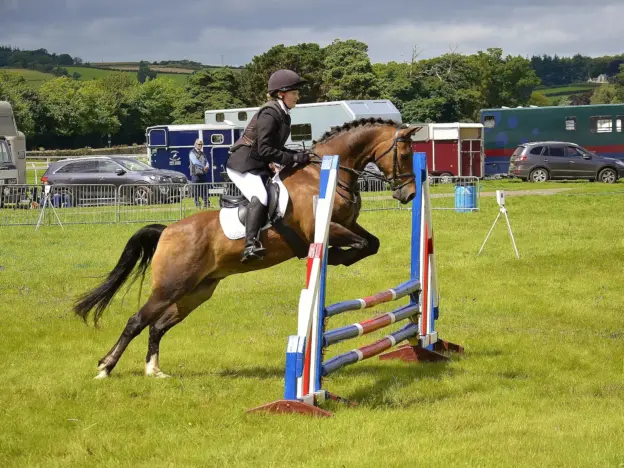
Like the British Sport Horse this is a type more than a breed. Animals can come from various bloodlines and registration is performance driven.
Read more
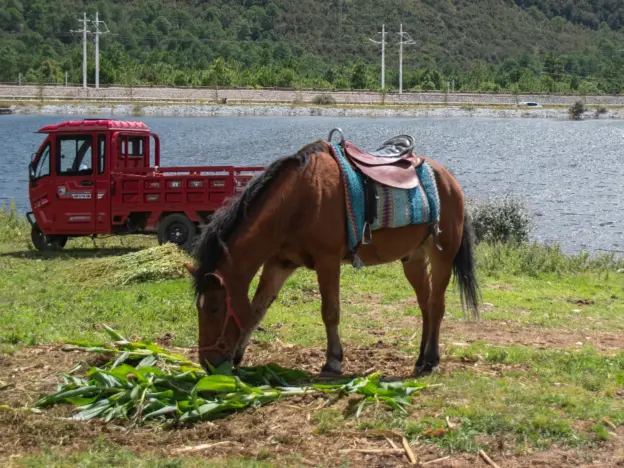
The Zhongdian Horse is a variety of the Tibetan horse and can be found in Zhongdian County, Yunnan Province. They are particularly well suited to their high-altitude home.
Read more
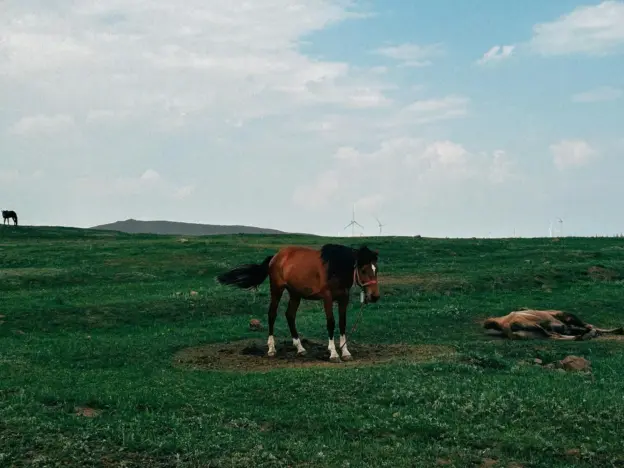
Also called Changbei, the Zhangbei Horse is a Mongolian type horse found in from the Hebei region of China.
Read more
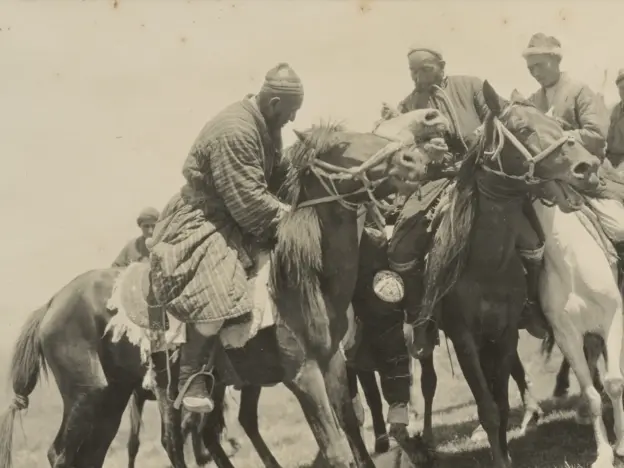
The Yiwu is a small horse that comes from the steppes of Hami, Xinjiang, China. Established in 1955, when several local breeds were systematically crossed for military purposes.
Read more
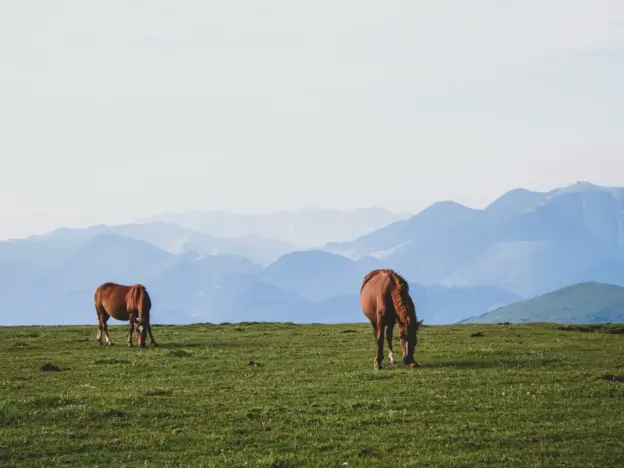
The Xiangfen Horse is native to Xiangfen, in Shanxi, China, from which it takes its name. They are a definite Mongolian type small horse, made stronger for light draft purposes.
Read more
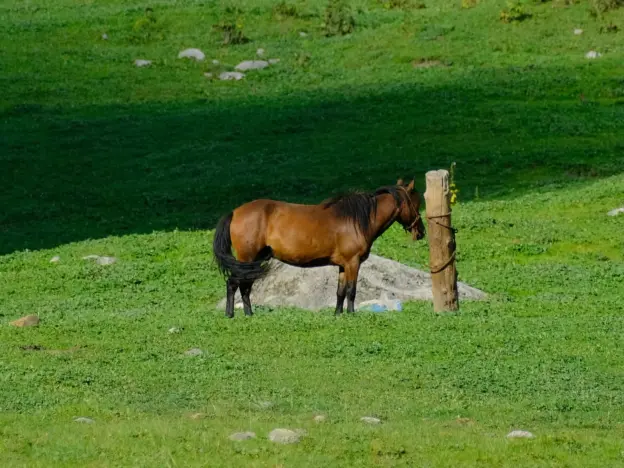
The Jianchang Horse can be found in Yi Antonymous Prefecture of Liangshan, Hanyuan County, Ya’an Prefecture, Yanbian County, Dukou Prefecture, Sichuan Province.
Read more
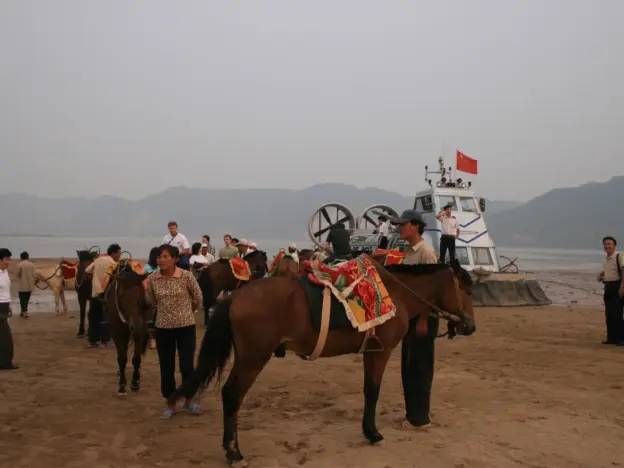
Also called Henan Trait, the Henan Light Draught horse was created in Henan province.
Read more
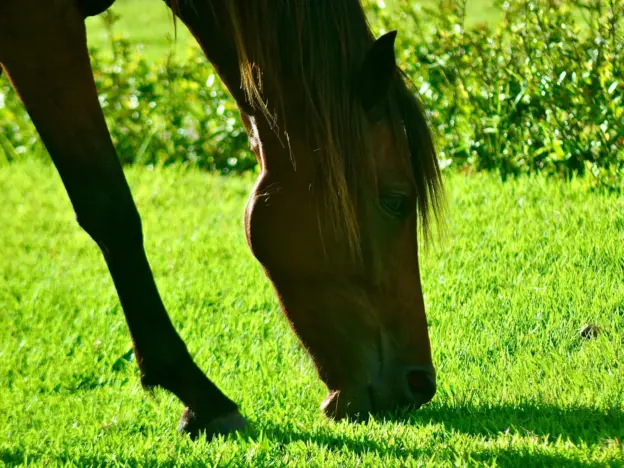
Also called Wild Horses of Roraima, the Lavradeiro comes from Roraima in the north of Brazil, near the Venezuelan border. They are the descendants of Spanish Colonial Horses.
Read more